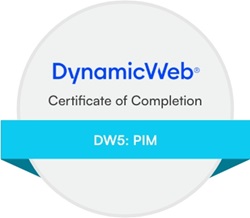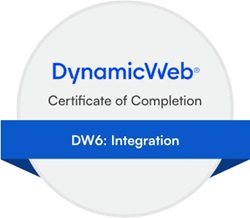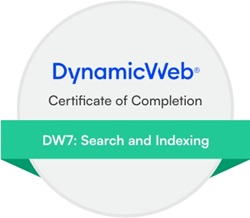Posted on 25/11/2016 10:12:24
Hi Imar
There is no such thing - in the old index the search was closely related to the groups.
Groups in the new index is just yet another criteria and could as well be &GroupID=group1,group2 - and in most cases you would have products from more groups, i.e. when doing freetext searches.
Instead of defining visibility, we made it so if a facets that does not have valid options in the current context can be hidden.
So if you define facets on 3 different fields, i.e. price, wheel size (a field on a bike category) and size (the size of a piece of cloth from a cloth category), when you go to a Bike group you will see only 2 facets (Price and Wheel size) and if you go to a cloting group, also see 2 facets (Price and clothing size).
But maybe you could explain the scenario so I can understand?
You can probably do something by code. The Notifications.eCommerce.Querying.AfterQuery notification have a Notifications.eCommerce.Querying.AfterQueryArgs object that contains a Settings property of type Dynamicweb.Querying.QuerySettings. That one have a Facets property which is a collection of the facets defined for this instance of the catalog on the paragraph settings. So if you include all facet groups in that list, you can remove the unwanted ones by a custom ruleset in a notification subscriber.
BR Nicolai














